Automotive Sector Growth
The automotive industry is experiencing a notable resurgence, which seems to be positively impacting the Brass Rods Market. Brass rods are utilized in various automotive components, including fittings, connectors, and valves, due to their excellent mechanical properties and resistance to corrosion. Recent statistics indicate that the automotive sector has been growing at a rate of around 4% per year, driven by innovations in electric vehicles and increased production of conventional vehicles. This growth may lead to heightened demand for brass rods, as manufacturers seek reliable materials to enhance the performance and longevity of automotive parts, thereby bolstering the Brass Rods Market.
Rising Construction Activities
The ongoing expansion in construction activities appears to be a primary driver for the Brass Rods Market. As urbanization accelerates, the demand for brass rods in various applications, such as plumbing, electrical fittings, and structural components, is likely to increase. According to recent data, the construction sector has shown a steady growth rate of approximately 5% annually, which correlates with the rising need for durable and corrosion-resistant materials like brass. This trend suggests that the Brass Rods Market will continue to benefit from the increasing investments in infrastructure and residential projects, potentially leading to a surge in production and sales of brass rods.
Sustainability and Recycling Trends
The growing emphasis on sustainability and recycling initiatives appears to be influencing the Brass Rods Market positively. As industries strive to reduce their environmental footprint, the demand for recyclable materials like brass is likely to increase. Brass rods can be recycled without losing their properties, making them an attractive option for manufacturers focused on sustainability. Recent reports suggest that the recycling rate for brass has improved, with many companies adopting circular economy practices. This shift may lead to a more robust Brass Rods Market, as businesses seek to align with eco-friendly practices while meeting the demand for high-quality brass products.
Electronics and Electrical Applications
The increasing reliance on electronic devices and electrical systems is likely to serve as a significant driver for the Brass Rods Market. Brass rods are extensively used in the production of connectors, switches, and other electronic components due to their excellent conductivity and durability. With the electronics market projected to grow at a compound annual growth rate of 6% over the next few years, the demand for brass rods in this sector is expected to rise correspondingly. This trend indicates that the Brass Rods Market could see substantial growth as manufacturers adapt to the evolving needs of the electronics sector, emphasizing the importance of high-quality materials.
Technological Innovations in Manufacturing
Technological advancements in manufacturing processes seem to be a crucial driver for the Brass Rods Market. Innovations such as precision machining and automated production techniques are enhancing the efficiency and quality of brass rod production. These advancements allow manufacturers to produce brass rods with tighter tolerances and improved surface finishes, catering to the increasing demands of various industries. Data indicates that the adoption of advanced manufacturing technologies could lead to a reduction in production costs by up to 15%, thereby making brass rods more competitive in the market. This trend suggests that the Brass Rods Market may experience growth as manufacturers leverage technology to improve their offerings.


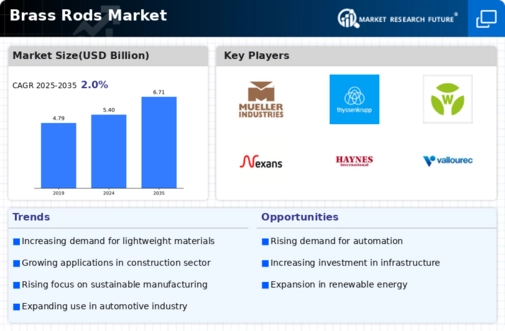
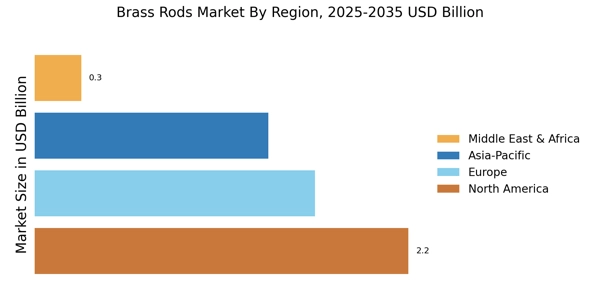
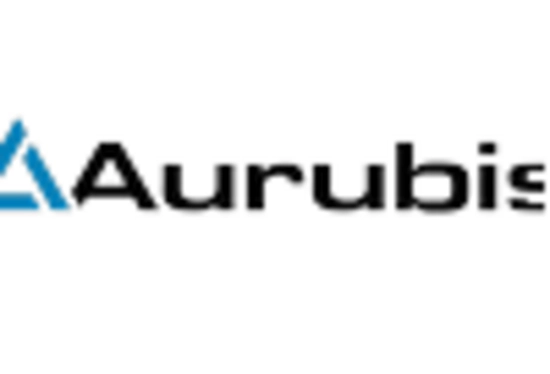
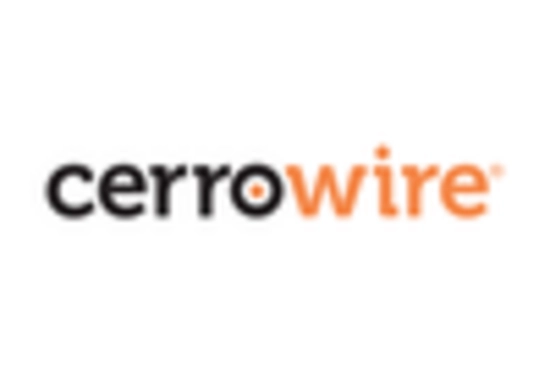

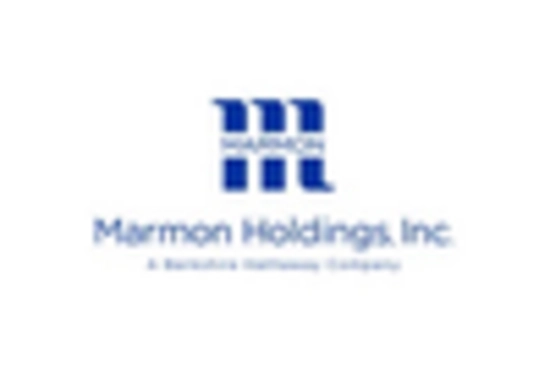

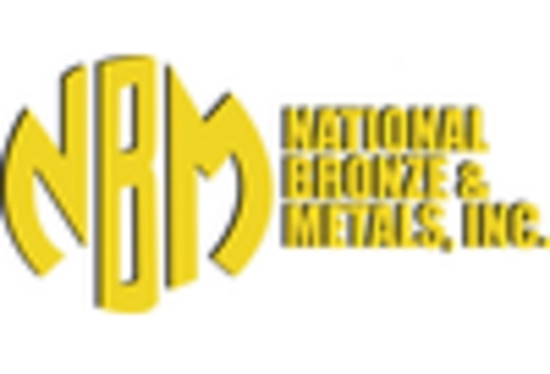








Leave a Comment